So many tips and tricks for photography are either ineffective, highly niche, or flat-out untrue. Nevertheless, there are still some brilliant tricks that can improve your workflow, and here are eight of them.
![]()
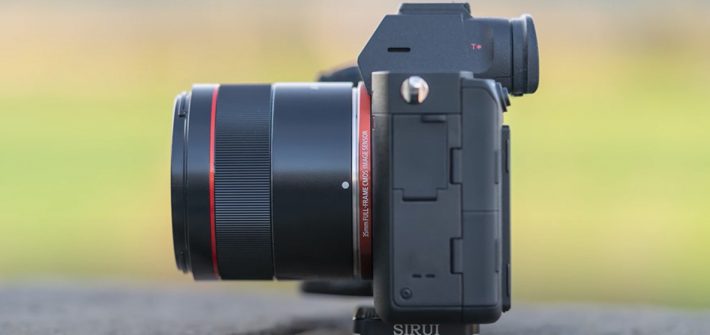
A good 50mm lens with a wide aperture is one of the most useful a photographer or filmmaker can own, suitable for everything from portraits to low-light work. At $299, Samyang’s AF 45mm f/1.8 FE is an affordable option, and this great video review takes a look at the lens and the sort of performance and image quality you can expect from it in practice.
![]()
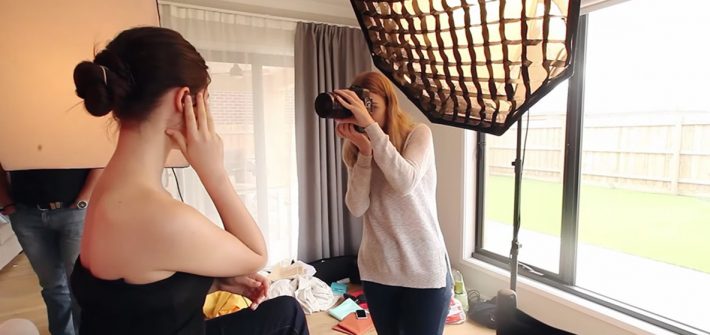
When you are first starting out, you are not likely to be shooting from a dedicated studio. Most of us start out in a spare room at our home or the like, meaning we are in a tight space. That does not mean you can’t take great photos in that small space, though, and this excellent video tutorial will show you three easy portrait lighting setups that work well in close quarters.
![]()

Perhaps some of the biggest dealbreakers for images are sharpness, resolution, and noise. No one likes a blurry low-res ISO 25,600 file. Yet, sometimes the client picks the worst possible file that is the definition of poor image quality. Luckily, Topaz Labs have developed AI-enabled software which lets you save your portraits. Act fast and take advantage of their Cyber Monday prices.
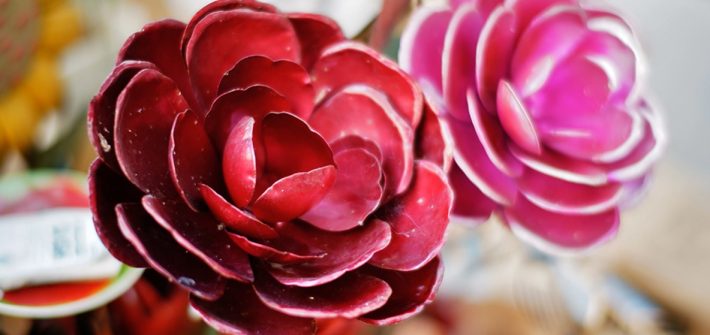
A 50mm lens with a wide aperture is quite versatile, offering a neutral focal length for anything from portraits to events coverage and a lot of pleasing narrow depth of field and light-gathering capabilities. It does not get much wider than f/0.95, and this excellent video review takes a look at one such option, the TTArtisan 50mm f/0.95.
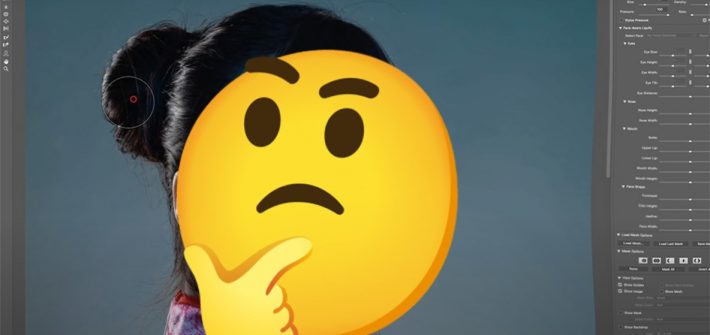
Any photographer with experience in portraiture knows that the image captured in camera is far from a finished portrait. Post-processing of portraits is a skill that takes time and practice to learn. Learning to use the Liquify tool can help to make a good image into a great image. As with all of the tools in Photoshop, it’s important to know how much is too much.

Traditionally, portraits are shot with focal lengths between 50mm and 135mm, though there is no reason you can’t use a longer focal length. Nonetheless, 400mm f/2.8 lenses are traditionally reserved for professional sports and wildlife photographers who need a lot of reach and the ability to capture as much light as possible. With super-sharp results and a narrow depth of field, they seem like a great (if somewhat impractical) option for portraits, and this fun video shows you what you can expect.
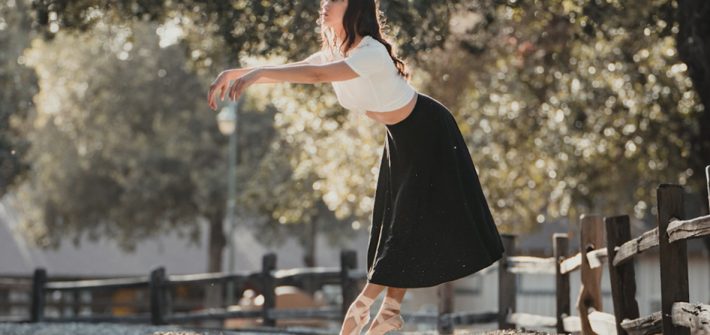
We spend a lot of time talking about elements of shooting a portrait that revolve around the subject, such as posing and retouching, but of course, a good image has to have a well-balanced composition. This great video tutorial will show you five steps for creating a compelling portrait composition that stands above those we are used to seeing these days.